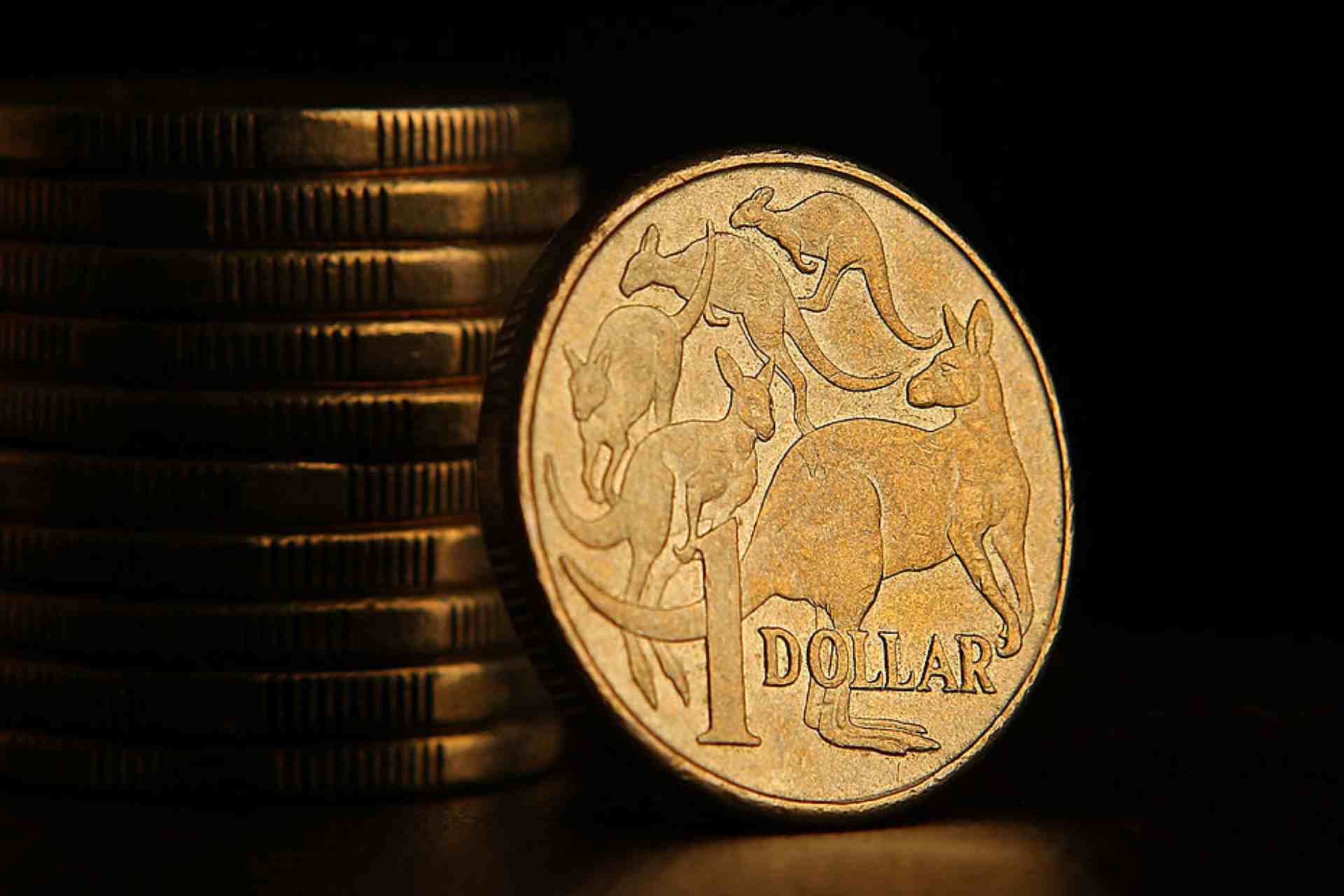The minutes of the Reserve Bank of Australia's June 4 policy meeting, where the official cash rate was lowered to a new record low of 1.25%, were
released today and clearly outline that further easing is on the cards.
Despite more cuts being widely expected, the Aussie dollar sank to a five-month low , closing in on levels last seen in the January flash crash, and yields on the Australian Government three-year note and 10-year bond slid. With the terminal cash rate likely to land a lot lower than current levels, yields will still have further to fall.
Most of the information conveyed in the minutes has already been covered in the speech by Governor Lowe that followed the June 4 move to lower the cash rate and in other communications from the central bank following the June 4 decision. The key focus now is on how aggressively the RBA will move on further policy easing. The minutes clearly state the expectation that further easing is incoming, saying “more likely than not that a further easing in monetary policy would be appropriate in the period ahead”. But what is less clear is the timing of further rate cuts as a certain amount of ambiguity remains in the statement “period ahead”.
